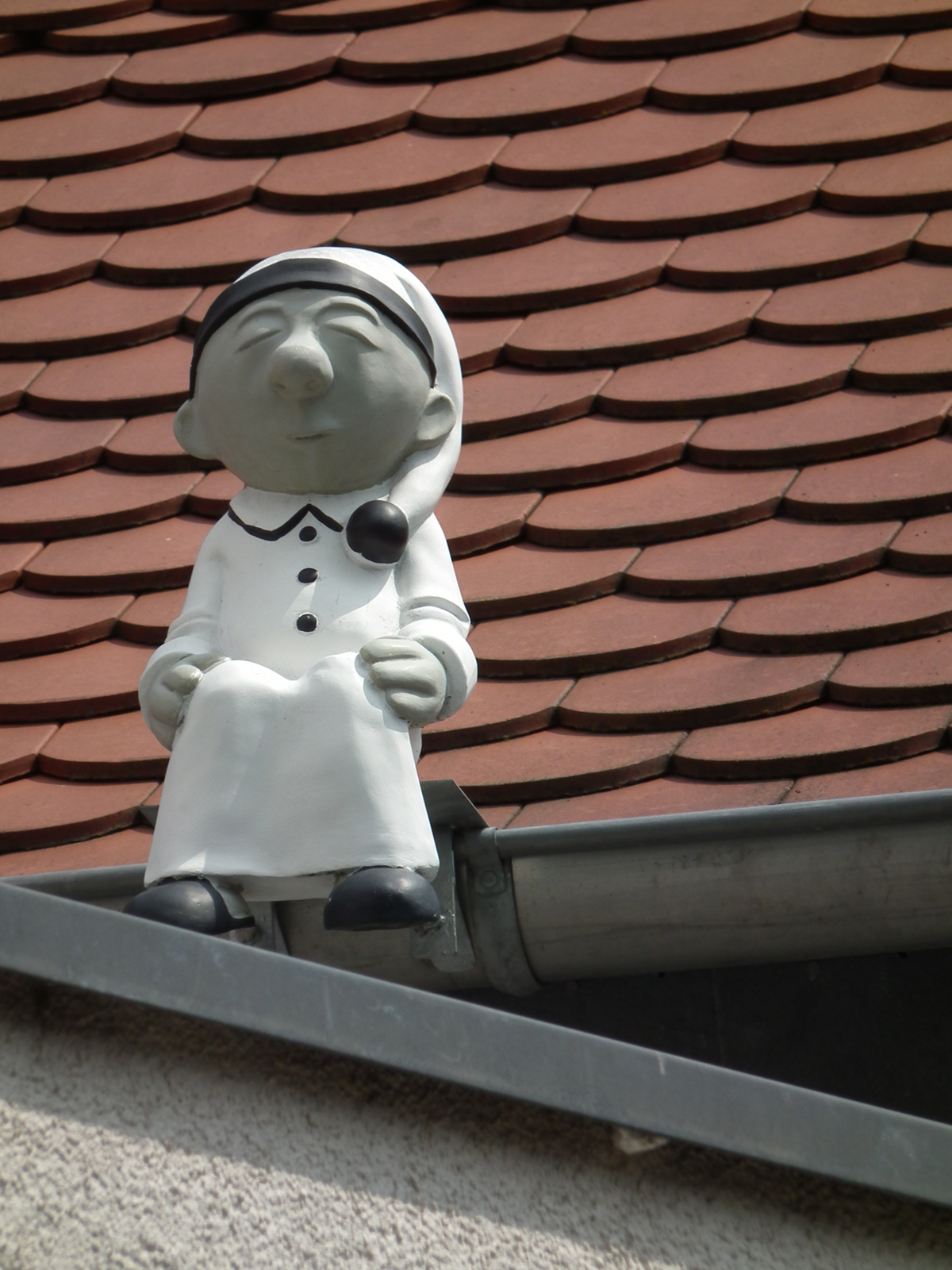
What exactly is sleepwalking and why does it occur?
It is probably hard to find a person who has not heard of sleepwalking. The medical term for this type of sleep disorder is somnambulism, but sleepwalking is a much more descriptive term, because it is easy to conclude what it refers to. True, people who suffer from this condition have a tendency to get up and roam around the house or room while actually in a deep sleep. The fact is that even though practically everyone can experience sleep walking, it is particularly common among children, especially those between 8 and 12 years old. These episodes are further characterized by them having their eyes open and some kind of glazed expression, they might even speak or scream, but it is not at all uncommon that they begin to perform some usual activities, such as getting dressed, for example. Their moving around will look very clumsy to an observer, and all of this usually happens in the first two hours of sleep. Children and people who experience sleepwalking will be very hard to ‘wake up’, and even after they do wake up, they will not be aware of their experience.
As far as the culprits for sleepwalking are concerned, numerous factors that can trigger it have been identified. Some of them are tiredness, stress, deprivation of sleep, fever and even some medications. On the other side, it is possible that some underlying health conditions have negative effect on sleep, thus resulting in sleepwalking episodes.
Is it possible to treat and cure this condition?
Since the condition is very frequent in children, the treatment is not necessary in such cases, because they usually get over it as they grow up, because the time that they spend in deep sleep decreases gradually. However, it is necessary to make sure that these children are safe during the night, because they might get an idea to do something that might endanger their life. Climbing the window is one of the dangerous activities, but they can also fall and hurt themselves, which is why this needs to be prevented. If a child is noticed, all it takes is to get him back to bed, but gently.
As for the treatment of adults, when it is required, it might include hypnosis. In case a medication is the trigger, it is enough to change it. In some cases, even particular antidepressants or benzodiazepines can put a stop to these episodes.


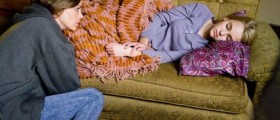

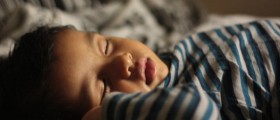





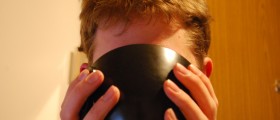




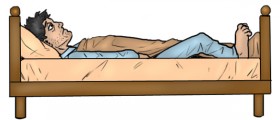

Your thoughts on this
Loading...